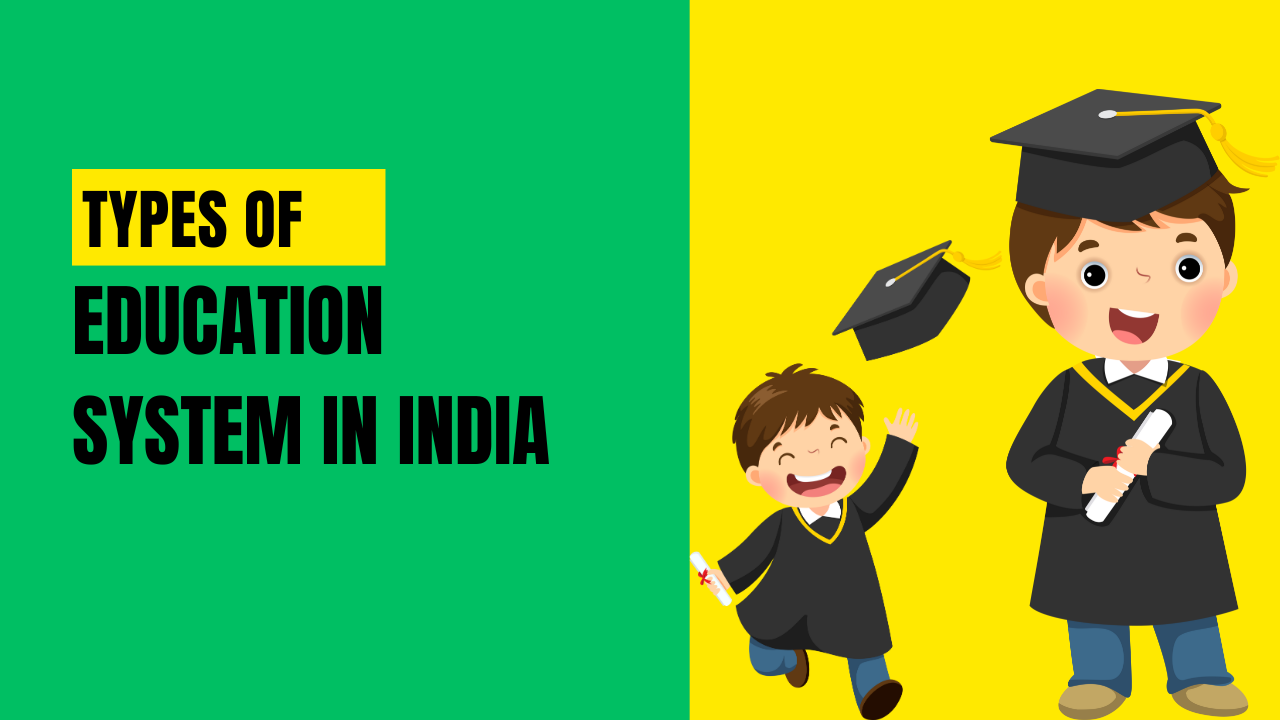
Education shapes the future, and in a country as diverse as India, the options are endless. The different types of education system in India, ranging from national boards to international curricula, offer students unique ways to learn and grow. Whether you want an exam-focused approach or a holistic learning experience, understanding these systems will help you find the perfect fit for your child’s dreams.
In this article, we will give you a detailed account of the types of education system in India, their unique features, advantages, and challenges, so you can make an informed decision that aligns with your child’s aspirations and learning style.
The CBSE board of education in India stands for the Central Board of Secondary Education. It falls directly under the control of the Ministry of Education.
CBSE was founded in 1962. It is a widely recognized board with more than 28,000 schools affiliated with it.
Its standardized curriculum, focus on STEM education, and entrance examination-focused education make it the most popular board.
Students preparing for tough competitive exams, such as NEET and JEE, prefer CBSE schools, as their syllabus, teaching methodologies, and exam-centric approach help them form a solid foundation for competitive exam preparations.
CBSE schools provide quality education at an affordable cost. Although cheaper than international boards, CBE schools maintain high education standards with their interdisciplinary curriculum, structured syllabus, and solid infrastructure.
ICSE (Indian Certificate of Secondary Education) is supervised by the CISCE (Council for the Indian School Certificate Examination), a private board. The University of Cambridge Local Examinations founded it in 1958.
The priority area for ICSE schools is the English language. The comprehensive curriculum incorporates a broad syllabus focusing on English, literature, arts, humanities, and science.
More challenging than several other boards, ICSE schools have an activity-based, engaging, and interactive teaching approach. Students are encouraged to learn by applying concepts to real-world situations rather than memorizing from their textbooks. This approach triggers several skills, such as critical thinking, problem-solving, imagination, creativity, and independent learning.
ICSE schools pay a great deal of attention to language proficiency, specifically English, along with other regional languages.
Students passing out from ICSE schools turn out to be well-rounded individuals.
International Boards are highly recognized types of education system in India. The most popular International Boards in India include IB (International Baccalaureate), FB (French Baccalaureate), IGCSE (International General Certificate of Secondary Education), etc.
The key focus of international boards remains on core subjects, including English, Mathematics, and Science, with optional subjects such as arts and humanities.
Cambridge International Education governs the International General Certificate of Secondary Education (IGCSE) and AS & A-level exams.
CIE opens many doors for its students with acceptance into top-notch universities in the world, including Oxford, Cambridge, Ivy League schools, and many other reputed universities across Europe, Asia, and Canada.
CIE follows a certain career pathway, the Cambridge Pathway, that leads students through primary education to higher education.
The International Baccalaureate (IB) comprises a comprehensive curriculum that spans across four programs- the Primary Year Programme (3-12 years), Middle Year Programme (11-16 years), Diploma Programme (16-19 years), and Career-related Programme (16-19 years), each with its unique approach.
The curriculum covers all essential subjects while also equipping students with valuable real-life skills. The comprehensive curriculum includes CAS (Creativity, Activity, Service), EE (Extended Essay), and TOK (Theory of Knowledge). Inquiry-based learning helps to reinforce critical thinking, problem-solving, and creativity.
Schools offering the IB curriculum are recognized and respected across the globe.
As their name indicates, state boards are governed by individual states. Each state has its own curriculum, syllabus, and grading system. The curriculum is mostly aligned with local cultures, languages, and requirements, making it very diverse. The syllabus contains regionally relevant topics. It is also less rigorous compared to the curricula of national boards.
State boards usually use lecture-based teaching methodologies. The main focus remains on theoretical learning rather than experiential or activity-based learning. Schools prepare students for state-level competitive exams but fall short of preparing them for any global competition.
The textbook-based teaching approach in schools affiliated with state boards keeps students from developing critical skills, like creativity, problem-solving, and analytical and critical thinking. Although conceptual, teaching is always focused more on academic learning than skill development.
Talking about the grading system, every state has its own assessment system. Some use a grade-based system, while some use a percentage system. State board schools are very affordable.
IBOSE is a private educational entity established in 2007 under the Societies Registration Act, 1860. Established with the motive of making quality education accessible in the remote areas of the country, the Indian Board of School Education offers secondary (equivalent to class 10th) and senior secondary (equivalent to class 12th) courses.
Thousands of students enrolled in these programs receive inexpensive education in various streams, including science, commerce, and humanities, making it the largest private education system in India.
Each education board has its own strengths and a few drawbacks. CBSE offers a good balance of exam preparation and skill development, while international boards focus on a global perspective and holistic learning. ICSE, state boards, and others also bring unique benefits that cater to different needs.
At the end of the day, the right choice depends on what suits a child’s learning style and future plans. No matter which board you choose, the ultimate goal is to help students gain the knowledge, skills, and confidence to succeed in a fast-changing world.